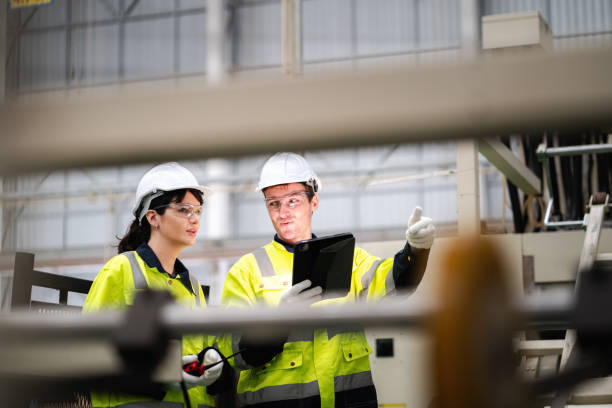Navigating the world of merchandise creation can be a complex journey, filled with numerous crucial steps to ensure the final product meets both the creator’s vision and the market’s demands. From the initial idea to the final delivery, each phase in the merchandise creation process plays a vital role in shaping the product’s success. This blog post aims to demystify these stages, providing a clear roadmap for entrepreneurs, designers, and businesses alike. Here, you can explore the seven essential steps you need to consider for an efficient and effective merchandise creation process.
Step 1: Idea Generation and Research
Every outstanding product starts with a spark of creativity—an idea. In this initial phase, brainstorming and in-depth research are essential to uncover market gaps, emerging trends, and consumer demands. It’s a process that intertwines creative thinking, comprehensive market analysis, and pinpointing your ideal customer base. Grasping the preferences, purchasing patterns, and requirements of your target demographic is fundamental in crafting a product that truly connects with them. Additionally, this early stage sets the tone for product development, ensuring that the concept is not only innovative but also viable in the current market landscape.
Step 2: Design and Prototyping
In the design phase, your concept begins its transformation into a physical entity. This crucial stage involves detailed sketching, choosing appropriate materials, colors, and textures, and making pivotal decisions about the product’s visual appeal and practical functionality. After finalizing the design, the process advances to prototyping, where early models are created to evaluate and refine the design. Prototyping serves as a critical trial-and-error period, enabling necessary tweaks and enhancements. This stage not only shapes the product’s physical form but also provides invaluable insights into its potential market performance and user experience.
Step 3: Sourcing Materials and Suppliers
Material selection plays a pivotal role in merchandise creation. It involves choosing materials that not only give the desired quality and feel but also align with budget and sustainability goals for businesses. This is also the stage where you may consider sustainable and eco-friendly packaging options, ensuring your product is not only high-quality but also environmentally responsible. Finding reliable suppliers for materials and packaging is critical for maintaining quality and meeting production deadlines, which is important for any merchandise-related business.
Step 4: Costing and Budgeting
Costing entails calculating the aggregate expenses involved in producing your merchandise, encompassing the costs of materials, labor, packaging, and overhead. Through careful and effective budgeting, you can set a price for your product that not only aligns with market expectations but also secures profitability. Balancing quality with cost efficiency is vital to maintaining both customer satisfaction and financial health. Additionally, this step is crucial for identifying areas where costs can be optimized without compromising the quality or integrity of the final product.
Step 5: Production Planning and Execution
After finalizing the design and determining the costs, the focus shifts to planning the production phase, which is one of the most important phases. This stage requires meticulous scheduling, establishing clear production processes, and implementing stringent quality control protocols that need to be followed. It’s essential to rigorously oversee the production execution, guaranteeing that the process complies with established quality standards and adheres to set timelines. Additionally, this step is crucial for coordinating various production elements to ensure a smooth and efficient manufacturing process.
Step 6: Quality Control and Testing
Quality control is crucial to ensure the merchandise meets the required standards and specifications of what is desired in the product. This step involves rigorous testing for durability, safety, and performance. Any issues identified are addressed before the product goes into mass production. Ensuring a high-quality product builds customer trust and reduces the risk of returns and complaints.
Step 7: Marketing and Distribution
The merchandise creation cycle isn’t truly complete without a strategically formulated marketing and distribution plan. Marketing encompasses the promotion of your product across diverse channels to effectively connect with your intended audience. Your distribution strategy, whether it involves online platforms, brick-and-mortar retail stores, or direct sales, is pivotal in determining how your product reaches the end consumer. Additionally, this phase is integral in building brand awareness and establishing a strong market presence for your product.
Conclusion
The merchandise creation process is a journey that requires careful planning, creativity, and attention to detail at every step. By following these seven essential steps, creators and businesses can navigate this journey more effectively, leading to successful and market-ready products. Remember, the key is not just in creating merchandise but in creating value and experience for the end consumer. With a thoughtful approach to each phase, from conception to distribution, and an emphasis on sustainable practices like sustainable packaging, your merchandise can stand out in a crowded market while also contributing positively to the environment and society.







